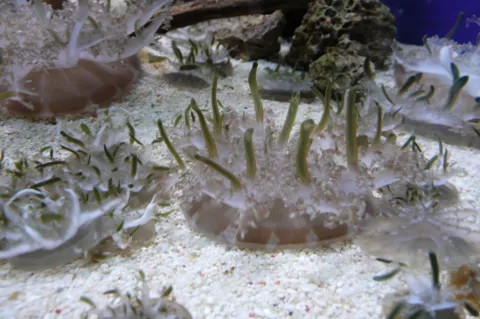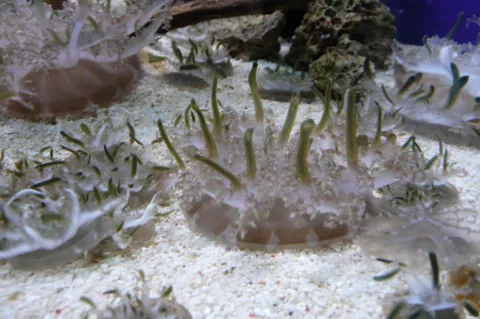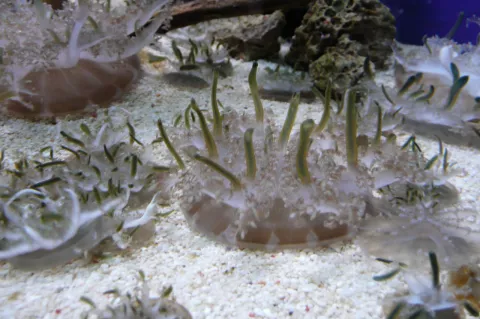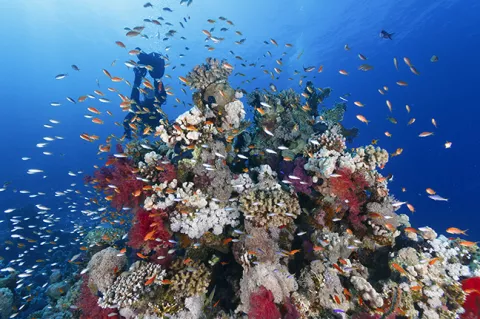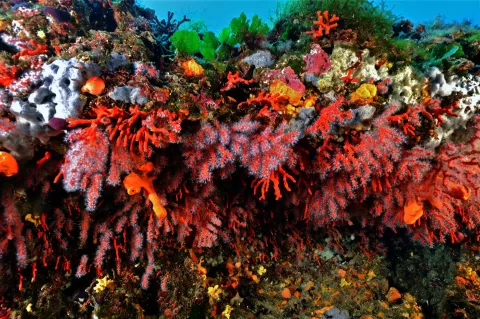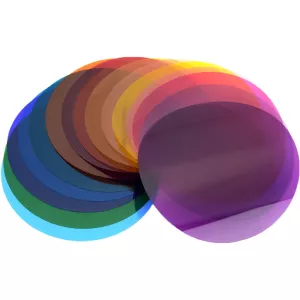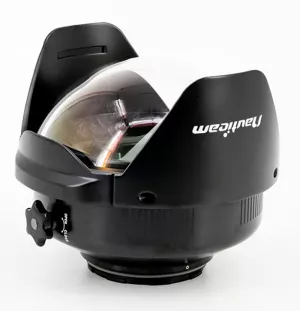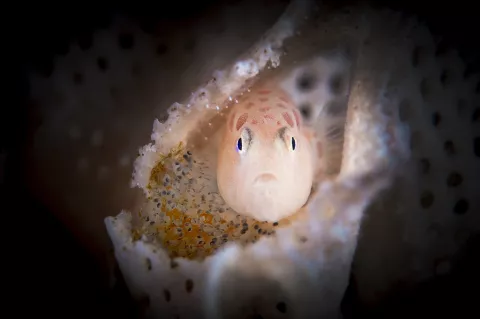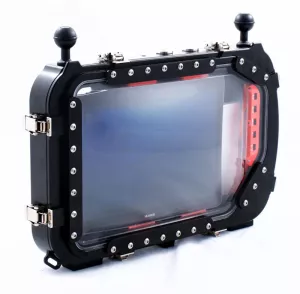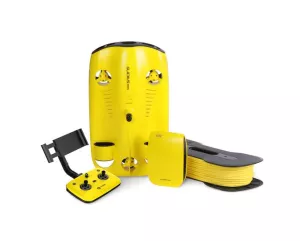How upside-down jellyfish can make the water sting
In some tropical waters like the Florida Keys mangrove forests, for snorkellers to stay safe, it’s not enough to not touch anything. It may not be a good idea to enter the water in the first place.
That’s because sometimes it seems that the water itself can sting, causing rashes on a snorkeller's skin.
The real culprit is not some mutant strain of water molecules. Rather, it is a species of upside-down jellyfish that lives on the ocean floor. Called Cassiopea xamachana, this jellyfish can also be found in places like the Caribbean Sea and the Gulf of Mexico.

